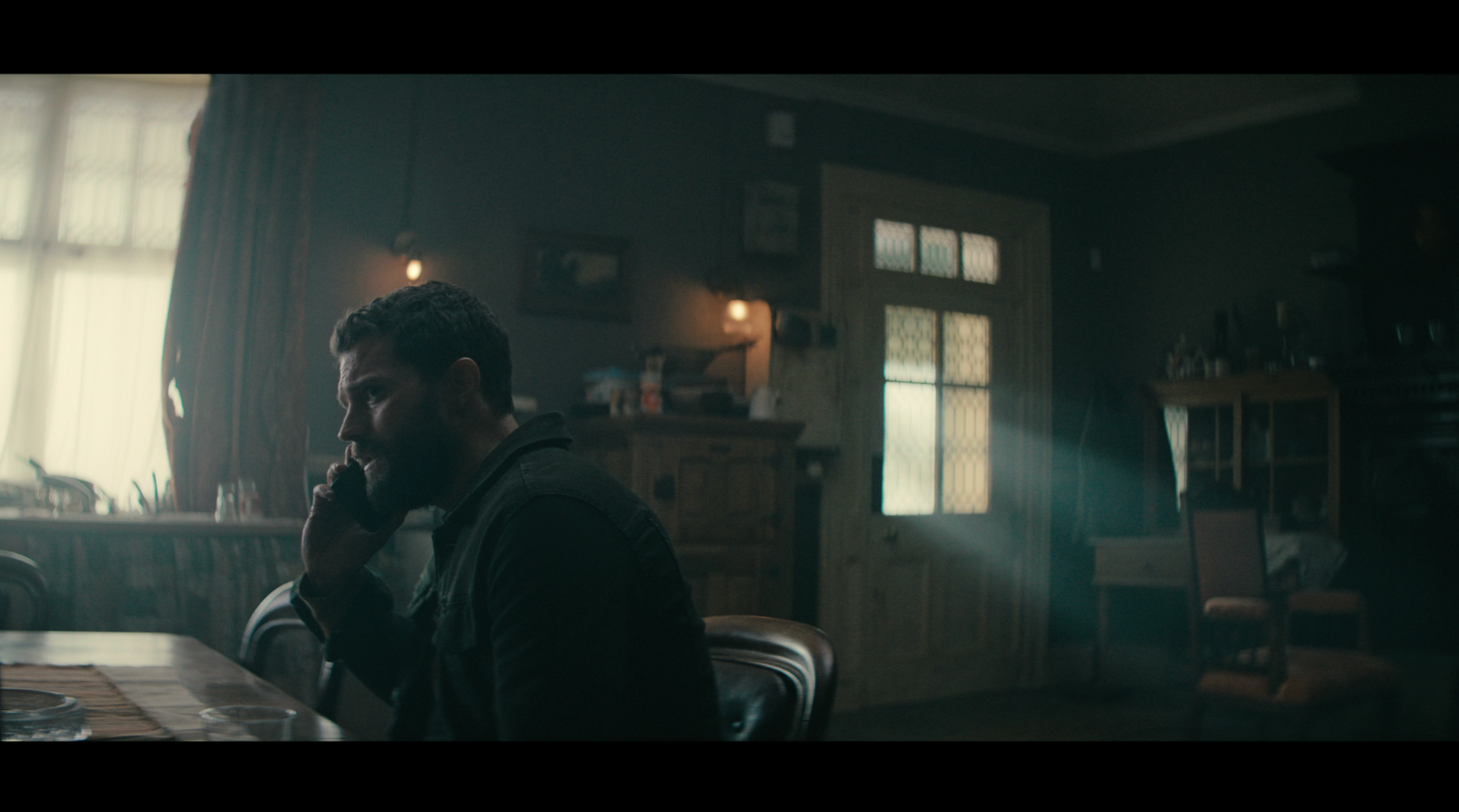
Cinematographers weave the threads of visual storytelling, crafting images that transport audiences to new worlds and evoke profound emotions. Among these craftsmen is Stephen Murphy, ISC, BSC, whose journey is focused on the power of storytelling.
Born and raised in Ireland, Stephen’s early connection to the world of cinema was indirect. As a child, he was captivated by illustrations and comics, igniting a passion for visual storytelling that would shape his future. While the film industry seemed like a distant dream, Stephen’s fascination with movies, particularly sci-fi and fantasy, laid the groundwork for his eventual career.
It wasn’t until college that Stephen’s journey into cinematography truly began. Initially studying make-up and special effects for film, he found himself drawn to the camera, intrigued by its technical complexities and artistic possibilities. Despite initial intimidation, Stephen immersed himself in the world of cinematography, devouring every book and resource he could find on the subject.
After graduating, Stephen embarked on a career in cinematography, working his way up through the ranks with determination and dedication. His early projects ranged from student films to low-budget horror movies, each one offering valuable lessons and opportunities for growth. Throughout his journey, Stephen’s love of darkness and shadow emerged as a defining characteristic of his work, imbuing his images with mood and atmosphere.
Starting his career in Ireland proved to be fortuitous for Stephen. The country’s rich tradition of storytelling and diverse range of productions provided him with invaluable experience across different genres and formats. From features to documentaries to TV dramas, Stephen’s flexible approach to cinematography was shaped by the varied projects he encountered.

As his career blossomed, Stephen’s reputation as a skilled cinematographer grew, leading to opportunities on international productions such as “Mr. and Mrs. Smith” and “The Tourist.” “Mr. and Mrs. Smith” presented unique challenges, with Stephen shooting episodes in locations ranging from New York during a heatwave to the Italian Dolomites in the winter. Despite the logistical hurdles, Stephen found inspiration in the breathtaking landscapes and the camaraderie of his team.

Similarly, “The Tourist” posed its own set of challenges, with a fast-paced shooting schedule requiring quick thinking and adaptability. Yet, Stephen embraced the energy and spontaneity of the production, finding freedom in the collaborative process. Whether navigating extreme weather conditions or working with tight deadlines, Stephen’s commitment to excellence and his collaborative spirit remained unwavering.

Yet, despite the artistic and technical challenges inherent in the profession, Stephen’s perspective on cinematography remains refreshingly grounded. “It’s a job,” he acknowledges, “But it’s a good job.” A lifelong journey of learning and discovery, full of personal and professional challenges, including the fact that one must be absent from home and family for too long.

His advice to young professionals focuses on patience and dedication in mastering the craft. “Take the time to learn the craft of cinematography,” he advises. “Embrace the journey, as it takes time to truly excel.”
To Stephen, cinematography is about more than just capturing images—it’s about creating emotion, atmosphere, and meaning. “For me, the shadows are more important than the light,” he explains. “I want the images to evoke a mood and a feeling, and darkness is a huge part of that.” Drawing inspiration from his love of illustration and comic art, Stephen infuses his work with a distinct visual style that is both evocative and immersive.

“It’s not about where am I going to put all the lights, it’s which lights I’m going to have on so that this is going to drop off into shadow. And the shadow is so important because it’s the most evocative part of the image. It’s where the audience can project some of themselves, whether it’s on to performance or into the space. It’s really, really important to have that evocative, you know, space that you can just maybe just see into the shadows or just think you’re seeing something. But it’s also that interplay between shadow and light. It’s very, very evocative . It’s very beautiful. I think that my main job as a cinematographer is not how to illuminate something, but it’s about how to shape the space and shape the moods to give you the emotional quality that the director is trying to get across the audience.”
Through his work, he strives to not only create beautiful images but to leave a lasting impression on those who experience them. And in doing so, Stephen Murphy continues to elevate cinematography from a simple job to a great and meaningful one.






























